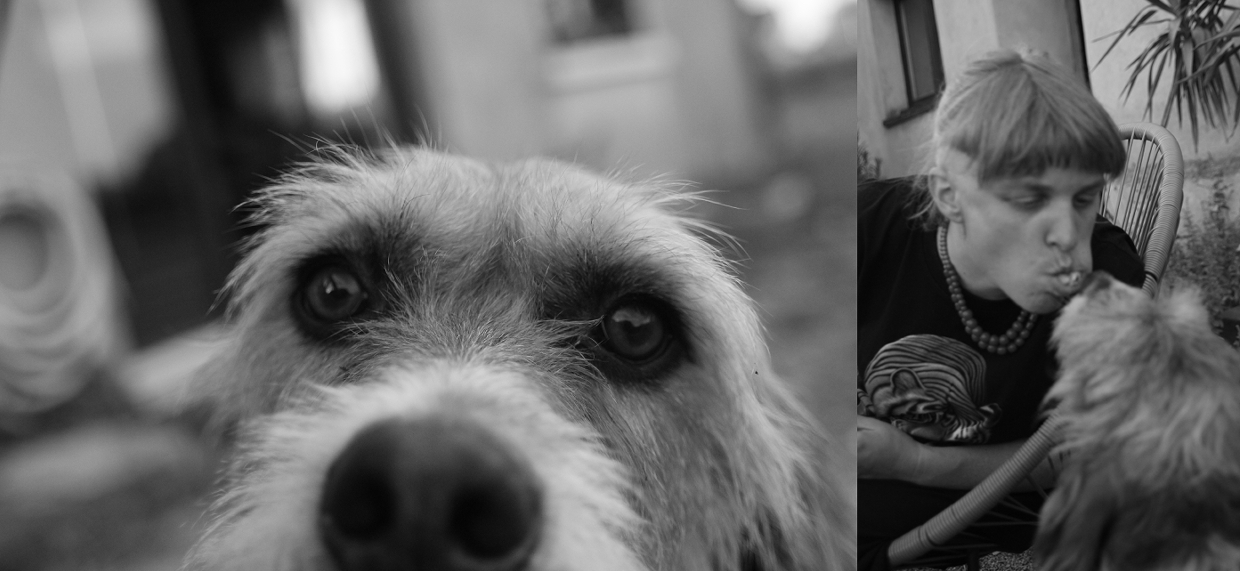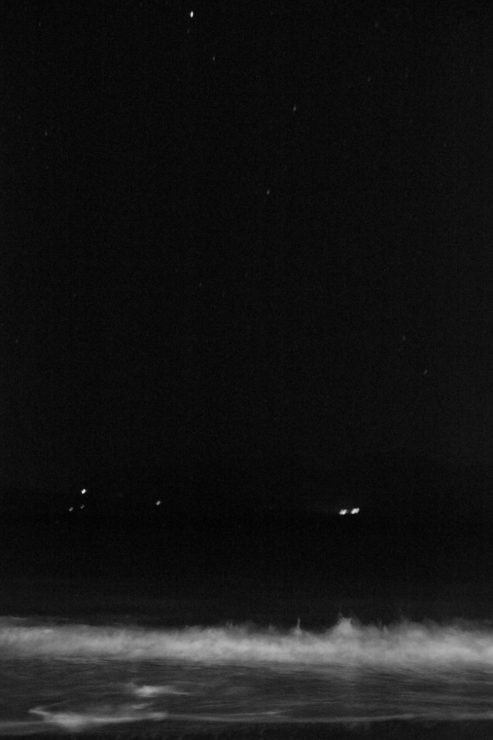
⟞ a p p r o a c h
I’m working in two ways with the same iconographical technique:
on the one hand, from my intimacy, screaming in the void of heaven;
on the other hand, seeking Christ, God, the beloved, the one I love and to whom I’m looking.
The ancestral technic of iconography has a major impact through the majority of my paint work. It became the doorway to my expression. I paint on wood, levkas [rabbit skin glue&blanc de Meudon, painting substance composed of calcium carbonate and clay], emulsion painting [egg&white beer] pigments and gold foil gilding 23C75. I make those bases myself.
Although my icons are resolutely contemporary, they also come from tradition and are always respectful of the theological canon: Scripture of the Holy Scripture.
I study and explore through drawing, in a collaborative work with a live model.
I’m looking for void, helplessness, shadows, scream, death, life, desire, sex and sex as origin and manifestation of incompleteness _lack _emptiness, the feminine and the masculine, the woman and the man …
⟞ i c o n o g r a p h y
–make present the world of God–
Egon SENDLER. The Icon, image of the Invisible:
It is a millennial sacred art composed of several schools with their proper writings and techniques. “Icons express themselves in the language of the Byzantine-Slav culture and the spirituality of the oriental Christianism. […]
By considering icons, it is important to keep in mind a triple dimension: scientific knowledge, artistic value, theological vision. […] Icons unify theological, aesthetic and technic elements to unveil in faith and meditation.
[…]
They are image to the Invisible, and even presence of the Invisible.”
Indeed, “each icon (is) the reflect of the divine and human natures united without blend in the person of Christ.”
Since the Invisible has become visible by taking flesh, you can execute the image of Him, whom we have seen.
Since Him who has no body, no shape, no quantity nor quality, who is beyond all greatness by the excellence of his nature, Him who, of divine nature, embraced the condition of slave, has reduced to quantity and quality and donned human features, carve in the wood and present Him to contemplation, Him who wanted to become visible.Saint John of Damascus

